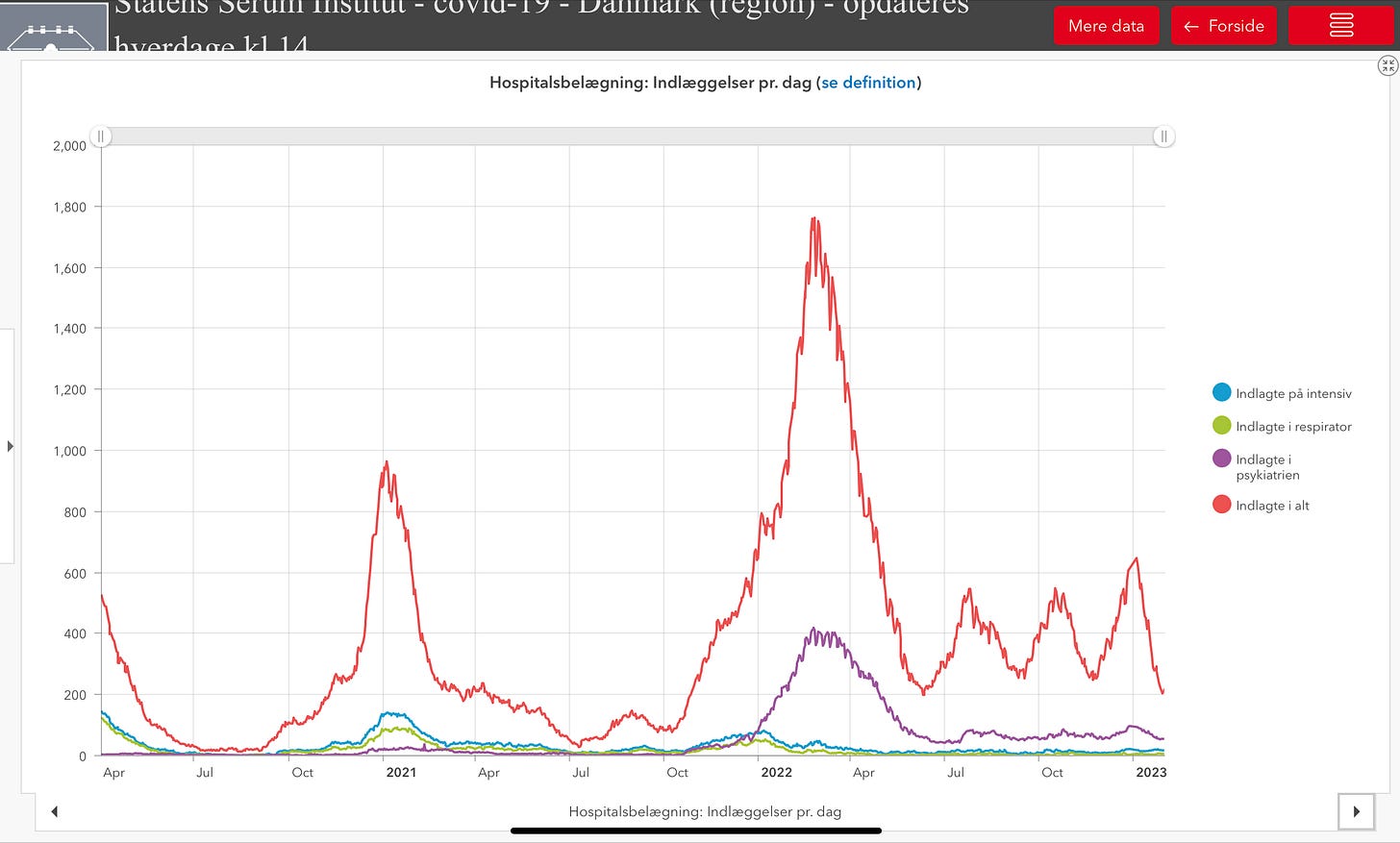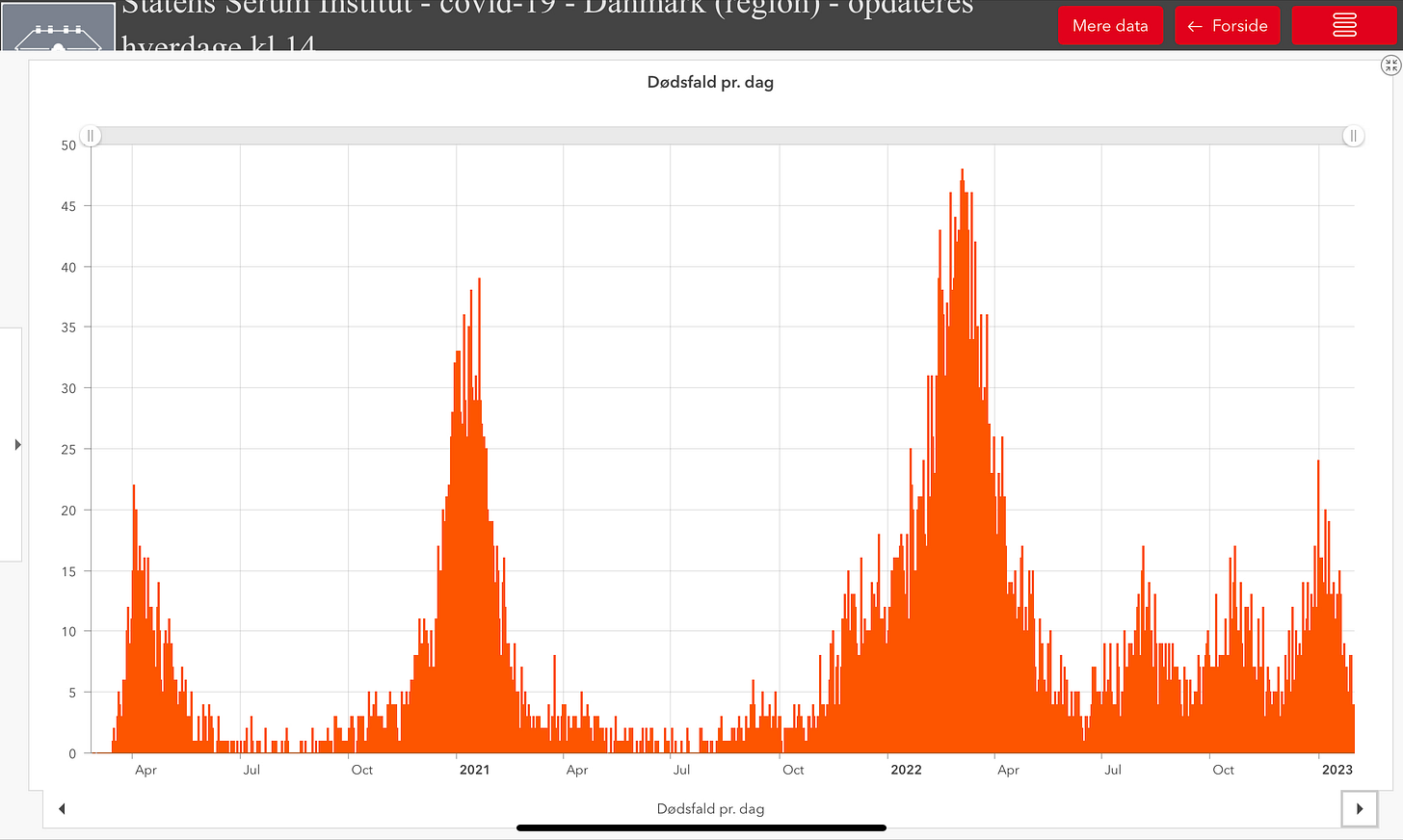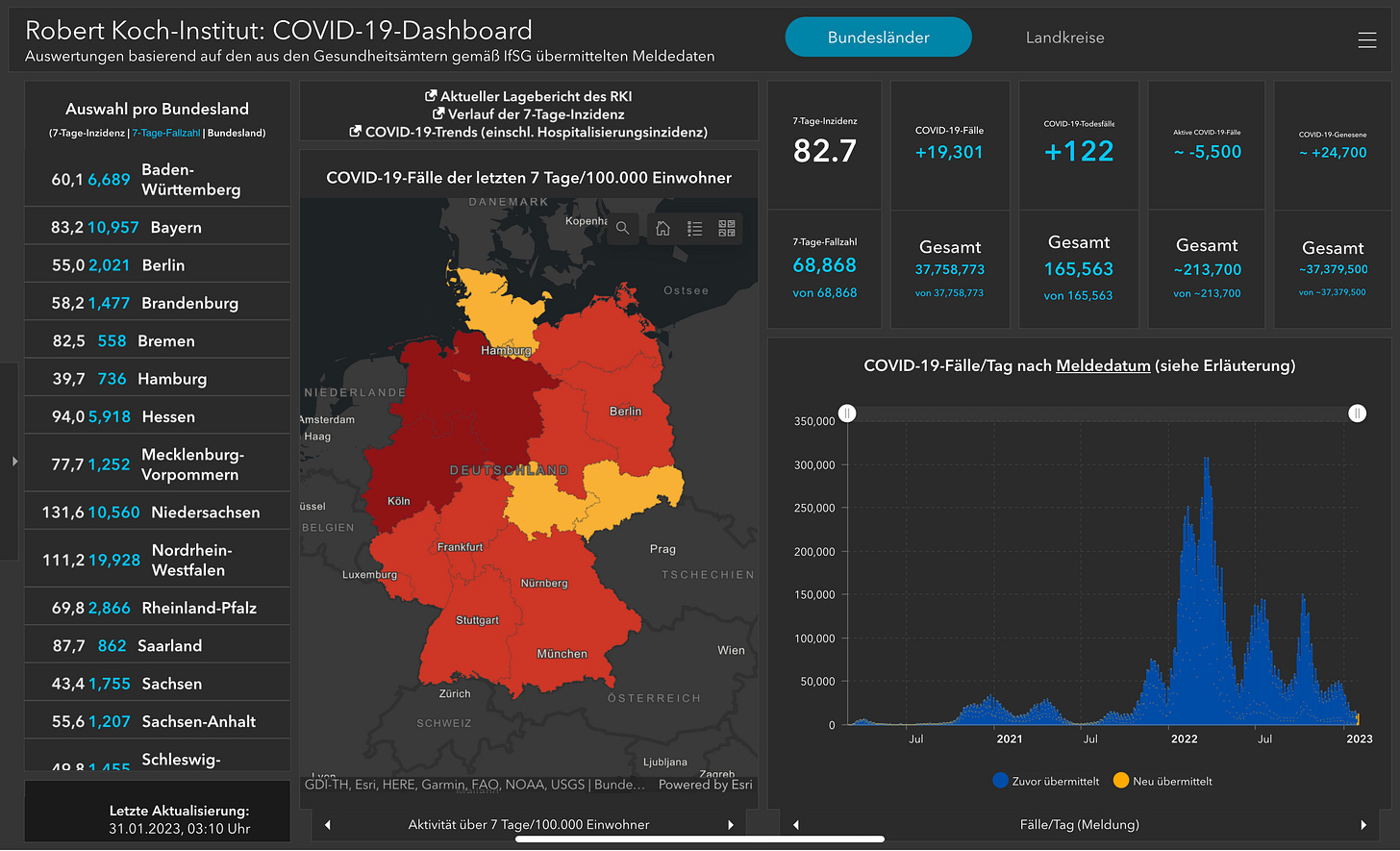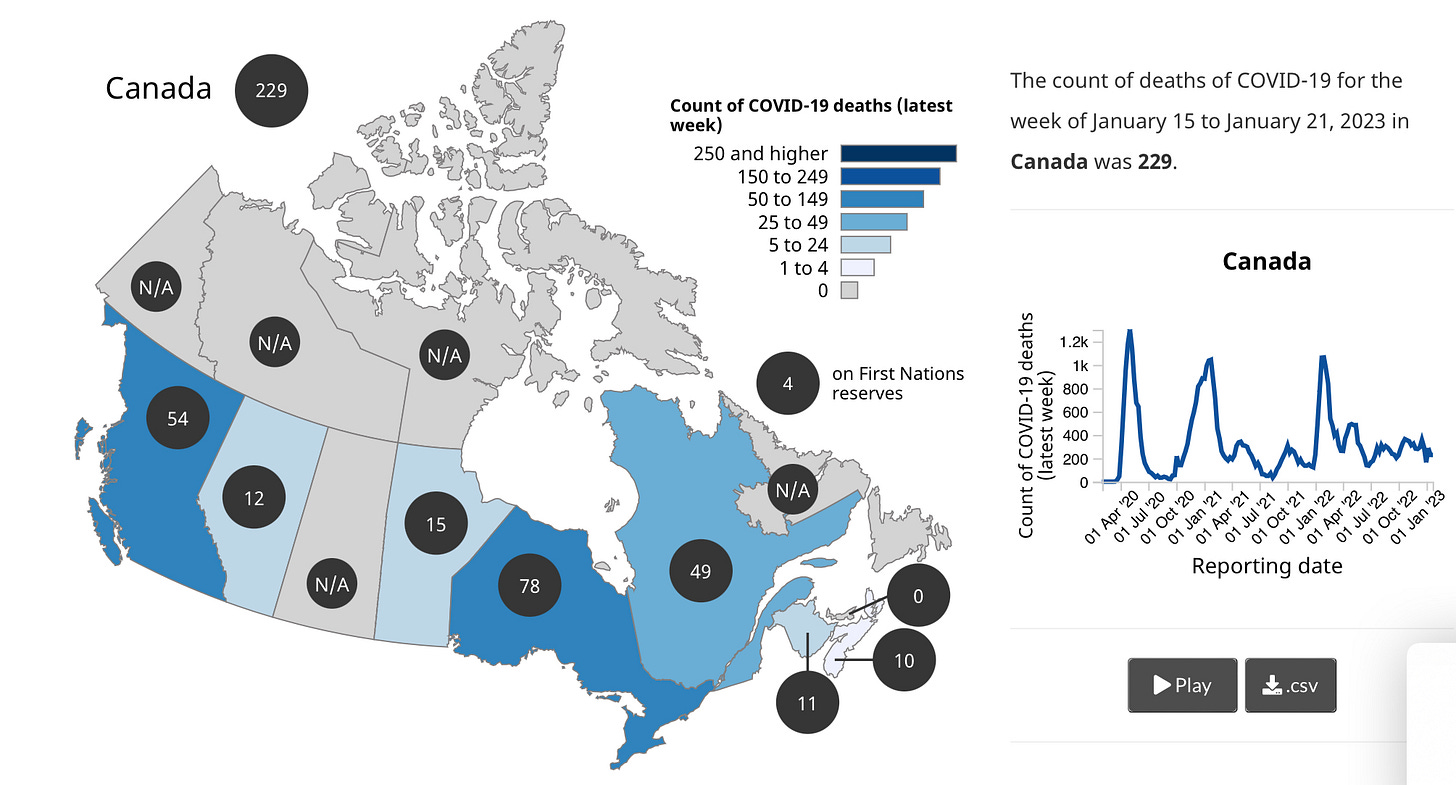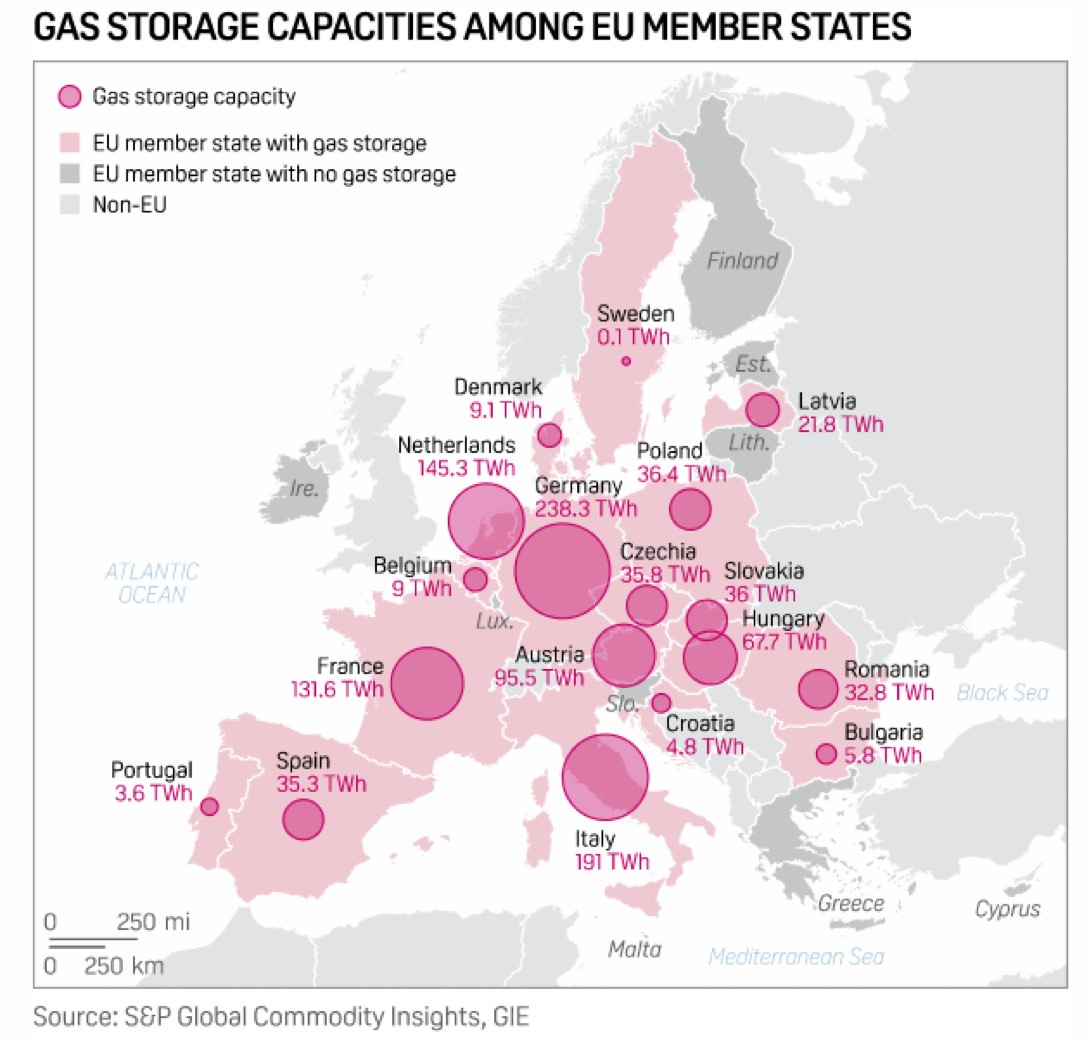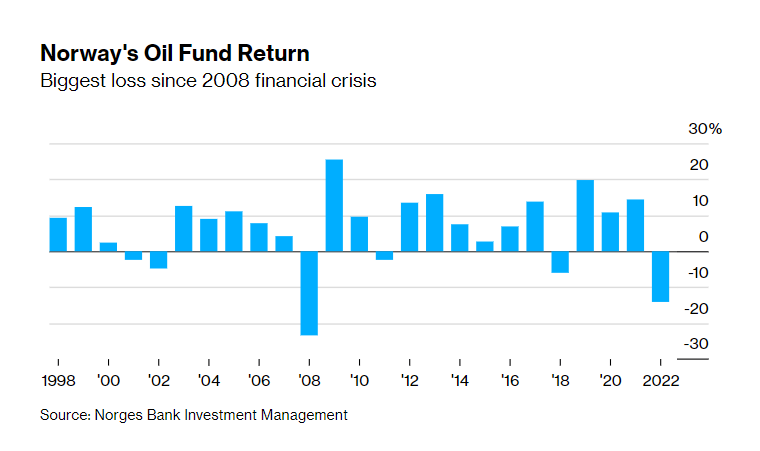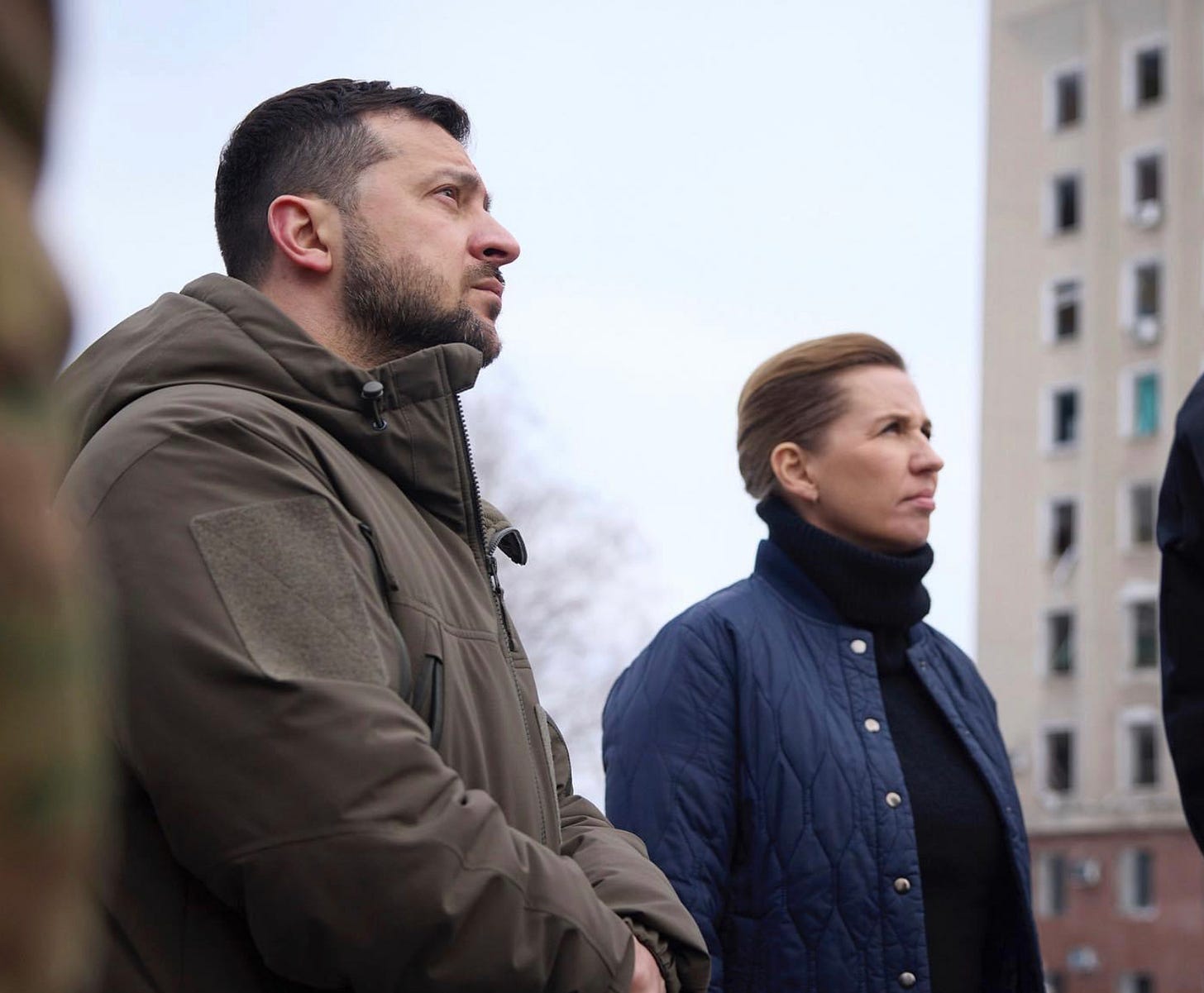🦠Pandemic🦠
🌎🦠
The pandemic isn’t over yet. That is the official assessment of the World Health Organization after its Emergency Committee met on Friday to consider whether COVID remains a global health emergency. After a weekend of considering all the factors, WHO Director-General Dr. Tedros Adhanom Ghebreyesus announced his decision on Monday.
“As you know, on Friday the Emergency Committee met to consider whether that remains the case. The committee has advised me that in its view, COVID remains a global health emergency, and I agree. As we enter the fourth year of the pandemic, there is no doubt we are in a far better situation now than we were a year ago, when the Omicron wave was at its peak. But since the beginning of December, weekly reported deaths have been rising. In the past eight weeks, more than 170,000 people have lost their lives to COVID. And that’s just the reported deaths; we know the actual number is much higher.”
Dr. Tedros says it is urgent that more be done to help vulnerable populations and to shore healthcare systems. Key to that is getting at-risk groups vaccinated and boosted. He continues to emphasize that coronavirus surveillance, especially testing, is crucial to monitoring pandemic developments and the emergence of new, and potentially more threatening, variants.
“We remain hopeful that in the coming year, the world will transition to a new phase in which we reduce hospitalizations and deaths to the lowest possible level, and health systems are able to manage COVID in an integrated and sustainable way.”
🌎🦠
After three years of dealing with the coronavirus a new report says the world is “dangerously unprepared” for any future pandemics. The report from the Red Cross and Red Crescent Societies (IFRC), published on Monday, issued a call to action for countries to get cracking and update pandemic preparedness plans by the end of this year.
In its World Disasters Report 2022, the IFRC says despite three years of wading through the COVID pandemic and the awful death toll and huge cost to global healthcare systems “all countries remain dangerously unprepared for future outbreaks.”
IFRC Secretary General Jagan Chapagain:
“The next pandemic could be just around the corner. If the experience of COVID-19 won’t quicken our steps toward preparedness, what will? There will be no excuse for a continued lack of preparedness after having gone through three terrible years.”
The report calls for countries to align legislation and pandemic preparedness plans by the end of this year. It also calls for countries to increase domestic health funding by 1% of their GDP and boost global health funding by at least $15 billion per year. Countries also need to improve international cooperation
🇩🇰
A major Danish study has found that there is no increased risk of serious side effects after having a 4th dose of the new bivalent COVID vaccines. The study, authored by the Statens Serum Institute, involved 1,740,417 people whose health was tracked for 28 days after having a 2nd booster dose vaccination. In all cases the newly formulated variant specific bivalent mRNA vaccine was used. The SSI says after screening for any of 27 possible serious adverse effects from heart problems to blood clots it found almost no evidence of any increased risk of any serious health issues immediately following vaccination. The results were the same across the board for both bivalent vaccine formulas for both Moderna and Pfizer/BioNTech made vaccines.
The one small exception was when they burrowed down to different demographic groups. Six cases of inflammation of the muscle around the heart (myocarditis) following vaccination were found among women over the age of 50, or 0.0006% of the 922,067 women who were involved in the study. Previously, there have been extremely rare cases of heart muscle inflammation following either the first or second mRNA vaccine doses but those were primarily in younger men.
The study authors note they were initially putting the final touches on the study when American health authorities announced earlier this month that they might have found evidence linking booster dose vaccinations with increased risk of blood clots in the brain among seniors. The researchers then went back to work to test this possible new concern.
One of the lead authors, and SSI Department Head, Professor Anders Hviid:
“We were just in the process of putting the finishing touches on our safety study of the variant-updated vaccines when we became aware of the announcement from the American health authorities. After this, we suddenly got busy with carrying out extra analyses, which could assess in detail whether there was a possible increased risk of blood clots in the brain. A few days later, we were able to inform national and international health authorities about our results, which could completely dispel concerns about a correlation based on our large Danish data material.”
The study is a pre-print and has not yet been peer reviewed. It can be found in full HERE.
-
COVID hospitalizations (218) inched back upward in Denmark (+7) day over day while the number of severely infected people in an ICU (19) also crept up (+2). The number on a ventilator (6) is unchanged.
The number of infection-related admissions to a psychiatric facility (55) is unchanged day to day.
-
Denmark reported 204 new infections (underreported), including 94 reinfections, and seven more coronavirus deaths in its Tuesday daily report.
Daily coronavirus deaths/Statens Serum Institute
With 3,464 PCR tests taken on Monday that equals a positivity percentage of 5.89%. Over the last seven days the rate is 6.9%.
🇸🇪
The pandemic picture continues to improve in Sweden’s capital region. There are 226 COVID patients in hospitals around Region Stockholm, which is 82 fewer than there were a week ago.
Chief Physician Johan Bratt:
“The number of people treated for COVID continues to decline this week as well. It is very positive that we still have a downward trend. We also see a continued reduction in respiratory infections such as the RS virus and influenza.”
Currently, there are no coronavirus-related patients in any intensive care unit in the region.
“This week the number of people in ICU with COVID has been zero. It follows the downward trend we are seeing regarding the infection spread and overall number of COVID patients in hospitals. I want to emphasize that this is a snapshot in time and that it changes from day to day and hour to hour.”
The region continues to urge people to get vaccinated against both COVID and influenza.
In the last seven days, Region Stockholm has reported 239 new infections (wildly underreported), of which 34 were cases among vulnerable seniors in care.
The region has suffered 49 more coronavirus deaths in the last week pushing its to-date pandemic death toll to 6,080 lives lost. It says Sweden continues to struggle with a backlog of reporting COVID deaths as it has for well over a year now.
-
Three years ago on Tuesday the very first confirmed coronavirus infection was confirmed in Sweden. The first COVID case was in Jönköping.
While speaking to Radio Sweden, Infectious Disease Doctor Malin Bengnér said that though the end of the pandemic appears to be in sight, she is not ruling out the virus throwing another curveball at us. She added that the last three years have taught us a lot about how to deal, and live with, the virus.
“The new variants are better at escaping the immune system, so although you may have had the infection before, and maybe you're vaccinated several times, you can still get infected.”
-
Sweden continues to wind down its pandemic response as a pandemic support operation between the country’s Armed Forces and the national health authority has come to an end. The army has been helping the Swedish Public Health Agency on a number of fronts almost since the pandemic began.
Folkhälsomyndigheten Director General Karin Tegmark Wisell:
“The collaboration between our two authorities has been very successful in being able to map the presence of COVID in society. We take the experience with us in our preparedness work for future pandemics.”
With declining coronavirus numbers and the virus no longer classified as dangerous to society, the health agency says it no longer needs an all hands on deck pandemic approach.
🇳🇴
The pandemic has been detrimental to people’s mental and physical health according to the results of a Norwegian survey. Just over 5,000 people took part in the survey, which showed a six point drop in health satisfaction in the spring of 2022 than in the two years previous.
Norwegian Institute of Public Health Researcher Tony Leino:
“The results of this survey show that people’s state of health in Vestland was still not at the same level in the spring of 2022 as it was before the COVID pandemic, even after the population had lived with the pandemic and infection control measures for almost two years.”
Survey participants reported increased stress, adverse mental health issues, and feelings of loneliness. Among the biggest triggers were the closed shops, lack of social interactions, not being able to travel, and having to quarantine after being exposed to the virus during some of the most strict lockdowns.
Impacts also tended to vary a little by gender, age, and education. Young people, those aged 18 to 29 years old, reported the highest levels of mental health impacts, loneliness, and a general dissatisfaction with life. For example, while a majority (65%) of survey respondents favoured continuing to work from home, less than 50% of those 18 to 24 years old responder positively.
The institute says the survey findings provide important information for how to refine future restrictions should another pandemic occur.
🇩🇪
COVID numbers continue to ease in Germany as it registers 19,301 new infections and another 122 coronavirus deaths in its Tuesday report.
It added 1,437 COVID hospitalizations while ICU numbers (628) increased (+30). Coronavirus patients are using 2.9% of all intensive care beds in the country.
💉
The pandemic continues to put rocket boosters on pharmaceutical giant Pfizer’s bottom line. The company has reported a profit of $100.3 billion for last year.
CEO Albert Boula was quoted in the company’s annual accounts, which were sent out in a press release,
“2022 was a record year for Pfizer. Not only in terms of revenue and earnings per share, which were the highest in our long history, but more importantly in terms of the percentage of patients who have a positive view of Pfizer and the work we do.”
Pfizer of course collaborated with Germany’s BioNTech on the groundbreaking mRNA COVID vaccine.
🇨🇦
Canada’s Chief Public Health Officer Dr. Theresa Tam says corona indicators “have been fluctuating for the past several weeks.” But, she adds case counts (an unreliable statistic) are down, the positivity percentage remains stable, and intensive care numbers have dropped 11% week to week.
-
The Public Health Agency of Canada has reported 11,029 new infections in the last week, while suffering another 229 pandemic deaths.
The seven day positivity percentage is 12.3%.
-
The pandemic has triggered a surge in mental health issues, especially among young people in Canada, according to a report from a major Canadian insurance company. The Sun Life report says in the first two years of the pandemic claims for drugs to deal with a variety of mental health issues “skyrocketed among young Canadians.” Insurance claims to cover drug costs rose by 24% among people under 30 years old. While claims jumped by 13% for those 30 to 39 years old.
In the report summary:
“It is no surprise the pandemic has taken a toll on the mental health of Canadians.”
The insurer is hoping the report helps raise some awareness on the stigma of suffering from mental health issues. It says people should feel empowered to ask for help.
As a whole, mental health disorders have become a big driver of disability claims in Canada, and now account for over half of all claims for people 44 years old and younger. The rates of Canadians being diagnosed with anxiety and depression have increased by 30% during the pandemic.
The report in its entirety can be found HERE.
⚡️Energy Crisis⚡️
🇪🇺
With Old Man Winter paying a visit to a good chunk of Europe, bringing temperatures back below zero, heating took a bite out of European natural gas reserves. As of January 29, gas storage levels in the EU have dipped to 73.82%, down from 78.35% the week previous. Keep in mind, gas use is still about 20% less than the average winter seasonal demand in Europe largely due to a record-breaking winter heat-wave.
Looking at individual countries, Spain continues to maintain the highest level of gas storage (91.27%), followed by Poland (88.61%), Austria (84.19%), and Germany 80.39%). The countries with the lowest level of gas reserves are Hungary (59.75%), Romania (65.97%), and France (66.81%).
France, Germany, and the Czech Republic recorded the highest withdrawals from gas storages. Gas use in Germany, in week three, was just 9% lower than the five year average as household heating demand soared, which has eaten into the energy reduction target set by the EU to help avoid chances of gas shortages.
In France, nuclear power plants are slowly beginning to return to normal operations, which should help ease energy concerns.
-
The energy crisis has helped take a huge bite out of Norway’s $1.3 trillion sovereign wealth fund. It has reported its biggest loss since the 2008 financial crisis. Soaring inflation and fallout from the Russian invasion of Ukraine, which triggered the energy crisis, were major factors behind the fund reporting a loss of 14.1%, or roughly equivalent to an eye-popping $164 billion.
🇺🇦/ 🇷🇺 War
🇩🇰/ 🇺🇦
Danish Prime Minister Mette Frederiksen was in Ukraine on Monday meeting with President Volodymyr Zelenskyy. The two visited both Mykolaiv and Odessa. Among the issues on the table was whether Denmark would help supply Ukraine with tanks.
“From the beginning of this war, we have said that we will support Ukraine with what is needed. And I think that in many ways we have proven that we are a true friend of Ukraine. Of course, tanks are something we've discussed today. We have just delivered our artillery system, but tanks are also needed.”
Western allies are of course sending hundreds of more modern tanks to Ukraine including the German made Leopard 2. Denmark has 44 of the tanks.
🇩🇰/ 🇹🇷
On Monday, Denmark’s Ministry of Foreign Affairs warned Danes who might be in Turkey of an “increased terrorism risk” especially in parts of Istanbul. It cautions people to be cery careful in tourist areas frequented by western visitors.
🇩🇰/ 🇷🇺
The Danish Center for Cyber Security (CFCS) raised the cyber activism threat level from medium to high on Tuesday. The agency says this is in response to a high level of activity from Russian hackers who are taking aim at NATO countries. By definition a CFCS ‘high alert’ means it expects Danish businesses and government authorities to be targeted by cyber attacks.
Agency Head Thomas Flarup spoke to DR:
“Over a period of time, we have seen several DDoS attacks against, among other things, the websites of the Ministry of Defense and against several banks. We expect to see more of this type of attack. This is because the hackers have gained more 'power'. This may make the attacks more difficult to counter, but this does not mean that they will become more dangerous. DDoS attacks are disruptive and attract attention, but they do not have a lasting or destructive effect on systems.”
Last May, the CFCS raised the threat level from low to medium.
🇫🇮 🇸🇪/ 🇹🇷
Turkey's President Recep Tayyip Erdogan continues to play politics to inflame the situation with Sweden and possibly imperil its chance to join NATO. Erdogan has recently begun to threaten to ratify Finland’s application but not Sweden’s, potentially trying to drive a wedge between the two Nordic nations.
Postdoctoral Fellow at the Finnish Institute of International Affairs Iro Särkkä spoke to Radio Sweden to say the general public in Finland supports the two countries joining NATO together. That is a feeling echoed by Finnish government officials.
“There is also some hesitation and doubt, but there is a very strong national interest that Finland and Sweden share together.”
🇵🇱
Russia’s invasion of Ukraine continues to turn the security situation in Europe on its head. Poland is the latest EU country to announce it is massively increasing defense spending. The polish government will spend 4% of its GDP on defense according to Prime Minister Mateusz Morawiecki.
“The war in Ukraine means that we must equip ourselves even faster. Therefore, this year we will make an unprecedented effort and spend four percent of GDP on the Polish army.”
Poland is a member of NATO, where, since 2014, member nations have a goal of spending at least 2% if their GDP on defense by 2024. Only seven member nations have so far met the target. But defense spending in Europe has taken a sudden urgent priority since Russia invaded Ukraine.
🇫🇷/ 🇺🇦
France is sending more weapons to Ukraine. French Armed Forces Minister Sébastien Lecornu announced that 12 more CAESAR 155mm artillery platforms are en route to Ukraine. France will also help train Ukrainian soldiers. 150 French soldiers will head to Poland and run the training program that will have a monthly intake of 600 Ukrainian soldiers with the goal of getting at least 2,000 soldiers run through the program by summer.
In addition to sending more weapons to Ukraine, thanks to a French support fund of about €200 million, Ukraine is reported to be signing a contract this week to purchase GM200 surface-to-air radars from Thales.
The French government is also working with allies on ensuring a reliable supply of missiles for Crotale air defense systems.
🇭🇺 🇦🇹
The defense ministers of Hungary and Austria announced on Tuesday in a joint press conference that the two countries are agreed that they will not be sending any weapons to Ukraine in order to prevent further escalation. This is the polar opposite approach from virtually every other EU country.
NATO 🇯🇵/ 🇨🇳
NATO’s Secretary-General was in Japan this week where he said that China is keeping a close eye on Russia’s invasion of Ukraine, and how western allies are responding to it.
Jens Stoltenberg:
“If Putin wins the war, it sends a signal that authoritarian regimes can achieve their goals by force. It is dangerous. Because what happens in Europe today could happen tomorrow in East Asia.”
Stoltenberg noted that China continues to increase its military strength and flex its muscles towards neighbouring countries, including Taiwan, which it has long coveted. He says China is also busy spreading misinformation about NATO and the war in Ukraine.
🇩🇪🇺🇸/ 🇫🇷🇵🇱
After securing a wave of more modern tanks from its western allies, Ukraine has swiftly begun a campaign to try and secure donations of F-16 fighter jets to replace its aging fleet of soviet era aircraft. However, the effort is already off to a rocky start. German has categorically ruled out donating any F-16s to Ukraine, and on Tuesday, United States President Joe Biden also closed the door to sending F-16s to Ukraine.
But, Poland has signaled it could be onboard with getting more modern fighter jets to Ukraine, but only if it is done in complete collaboration with NATO allies. French President Emmanuel Macon said "by definition, nothing is excluded" but added there would need to be stringent conditions for any fighter jet donations.




